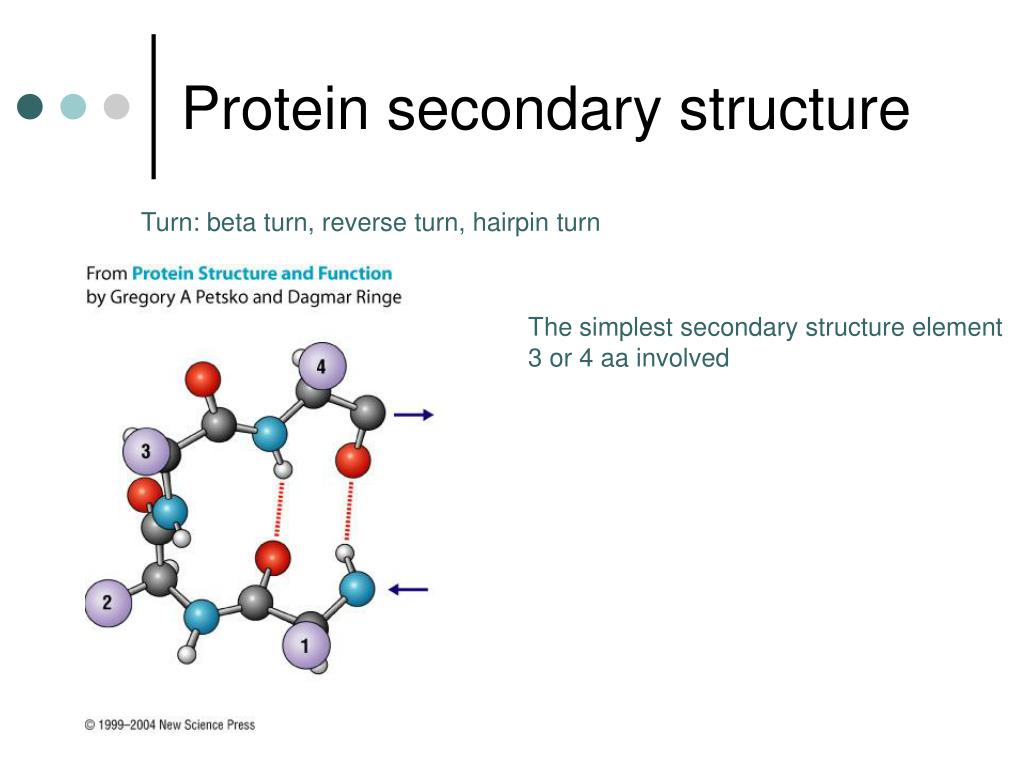
The secondary structure of protein refers to the three-dimensional form associated with the local segments that are present in proteins. What is the Secondary Structure of a Protein? In this article, students will get to focus on the secondary structure of protein example. The Quaternary structure is an association created by polypeptides. The tertiary structure represents the 3-D protein shape determined by all the stabilized regions due to the interactions of side chains. The secondary structure consists of different regions stabilized due to the presence of hydrogen bonds. To explain it in brief, the primary structure focuses on the linear chains consisting of amino acids. These structures are primary structure, secondary structure, tertiary structure, and quaternary structure. Every single one of these proteins has its very own function and structure.Ĭlassifying Proteins According to the Secondary StructureĮvery protein has its description from the structure that it has. Human beings have thousands of different proteins existing in their bodies at any particular time.

There are different types of proteins that play different roles in speeding up the chemical reactions, providing defense, storage, movement of cells and communication, and structural support in organisms.


These components account for about 50% of the entire cell mass and have a pivotal role to play in every single process of the body. Nearly every single function in the organisms is a result of the proteins. Before understanding how the proteins are classified on the basis of the secondary structure of protein, it is essential to know why proteins are so important.


 0 kommentar(er)
0 kommentar(er)
